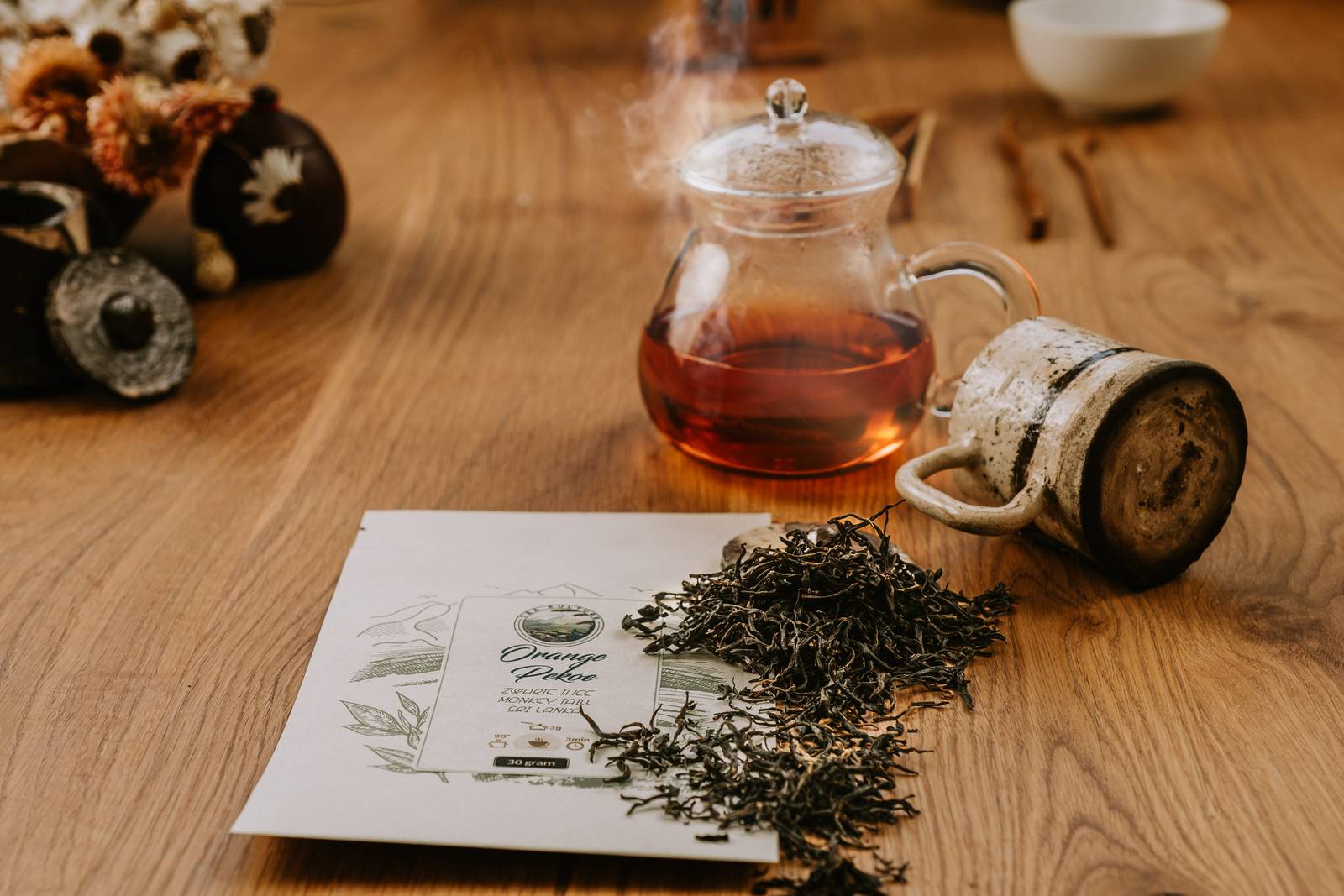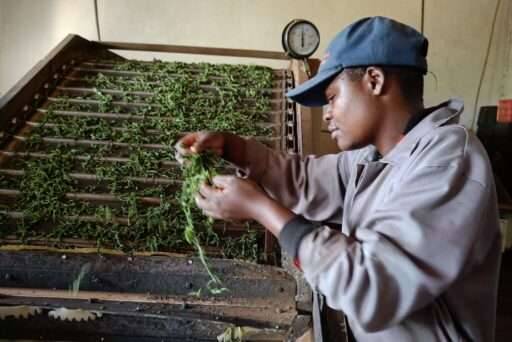Black Tea : From Origins to Production Methods

In the vast and diverse world of teas, black tea stands out as a robust and well-loved type, captivating tea enthusiasts with its distinct characteristics and rich, full-bodied flavor. Often referred to as fully oxidized tea, black tea undergoes a fascinating journey from fresh leaves to your teacup.
We would like to take you on the fascinating journey that black tea undergoes: from fresh leaves to a delicious cup of black tea.
The Naming Conundrum: Black or Red Tea?
The nomenclature of black tea becomes a fascinating puzzle when cultural nuances and global perspectives come into play. While the Western world commonly refers to it as black tea due to the color of the finished leaves, in Asian countries like China, Japan, South Korea, Vietnam, etc., it is known as red tea (hong cha), which attributes to the color of the infusion.
This naming distinction gains significance as the Chinese already have a tea category called hei cha, translating to dark tea, which belongs to the post-fermented tea category.
Adding to the complexity, the Western world uses the term red tea for African Rooibos, a herbal infusion from the Aspalathus linearis bush.
The intricate tapestry of tea names and classifications continues to unfold, keeping tea enthusiasts on their toes and deepening the intrigue surrounding this beloved beverage.
The Production of Black Tea

The magic of black tea production unfolds through a process that transforms freshly plucked tea leaves into the dark, flavorful brew we cherish. It commences with withering, where the plucked leaves lose some moisture, rendering them pliable. The process then advances to rolling, breaking down cell walls and initiating the crucial oxidation stage.
Contrary to common belief about the production methods for black tea, achieving complete oxidation without grinding the leaves into a fine powder (as in CTC tea) is chemically impossible; thus, whole leaf orthodox black tea is almost fully oxidized rather than achieving 100% oxidation.
The pace of oxidation is carefully controlled by the ambient temperature and humidity in the oxidation space.
The final act, drying, encapsulates the rich flavors and aromas, completing the metamorphosis from fresh leaves to the bold essence of black tea.
Exploring Different Terroirs
In the historical reverie of China, the birthplace of tea, it holds a special place in the heart of tea connoisseurs, with Yunnan province often considered the place of origin, now famous for black teas like Dian Hong. Boasting a legacy dating back thousands of years, Chinese black teas offer a deep, amber infusion with bold, sweet aromas—a testament to China’s mastery in tea production.
Venture eastwards to Fujian, renowned for outstanding black teas like Golden Eyebrow (Jin Jun Mei) and the smoky Lapsang Souchong from Wuyi, showcasing the diversity within Chinese black teas. Heading north to Anhui Province, Keemun enchants with its smooth, tobacco-like infusion and fruit, floral, and pine notes, once a favorite among European royals.

Traversing west to India, the story of black tea takes a different turn with Assam’s robust and malty teas, and the superbly fruity Darjeeling teas from the Himalayan foothills.
Formerly known as Ceylon, Sri Lanka boasts teas named after its historical moniker, capturing the essence of Ceylon with its unique, full taste, fruity aromas, and a distinct citrus aftertaste.
Additionally, African countries like Malawi and Kenya contribute to the global terroirs, adding their unique flavors to the symphony of black teas.
Altitude is an important indicator of the essential character of black teas. Low elevation farms tend to produce more malty and full-bodied black teas, whereas high elevation gardens often yield brisk black teas with floral or fruity aromatics.
Essentially, all tea producing countries make black tea, and yet are distinct in their own unique way. Explore Tea Kulture’s diverse selection, travelling the world through black teas originating from Myanmar, Nepal, Malawi, and Sri Lanka.
How To Brew Black Tea

The infusion method for your tea can vary based on the tea type selected. Given that black tea is highly oxidized, it is advisable to use hotter water, around 90-100°C. The parameters, including the water temperature, steeping time, and water and dry tea ratio may change according to your preferred brewing method – whether it’s European style, using a large teapot adding sugar and a splash of milk, or Asian style, utilizing smaller tea ware with multiple infusions.
Cold brewing black teas is also an option, resulting in enhanced sweetness and fruity tones. If uncertain about the brewing process, you can refer to the specific tea guidance on our website or embark on a bit of experimentation to discover the method that aligns best with your taste preferences. Learn more about how to brew a delicious cup of tea.










